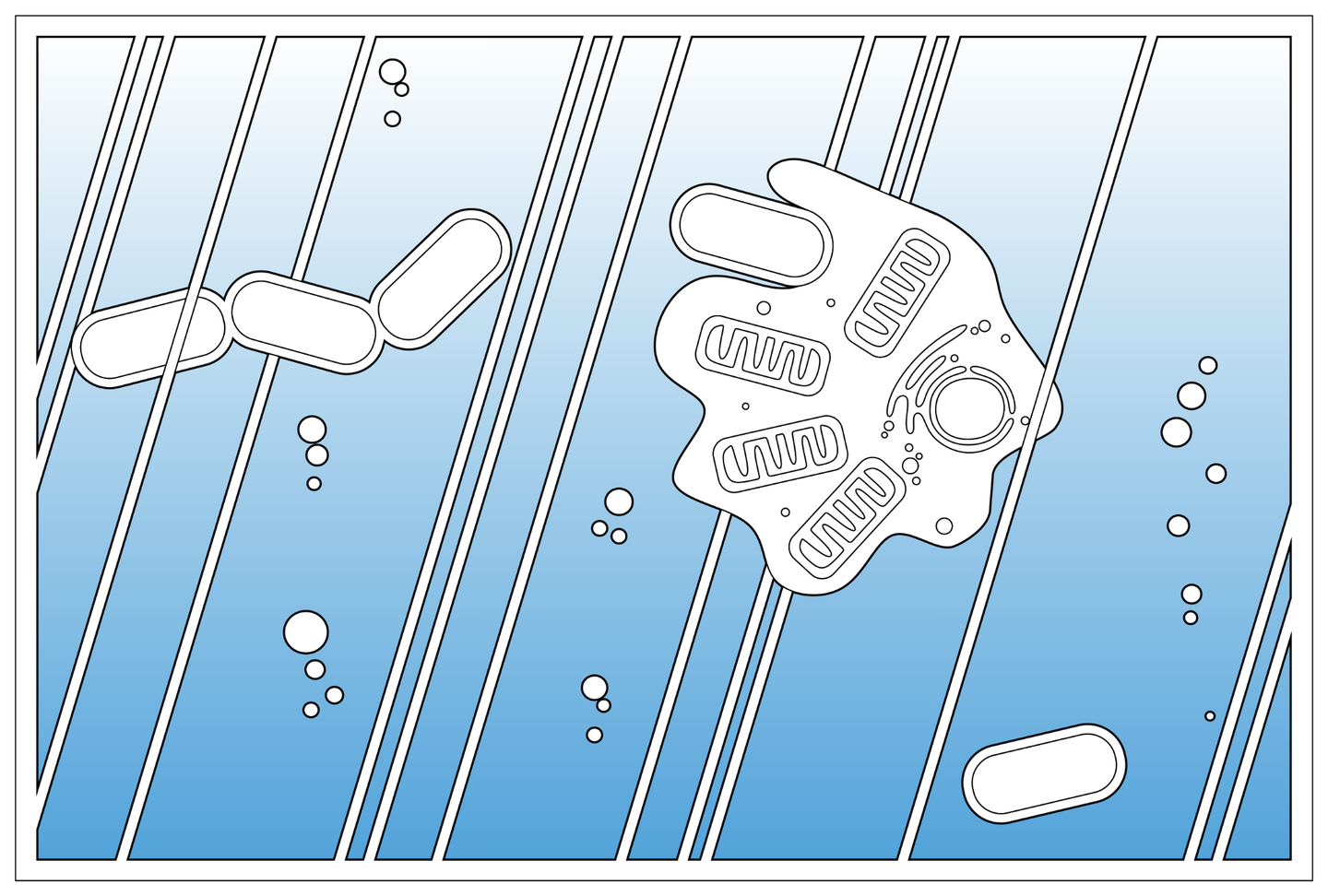Why do some people age faster than others?
Some people maintain sharp minds and active bodies well into their nineties. Others face dementia, diabetes, or broken bones decades earlier.

A landmark study identifies over 400 genes tied to frailty, revealing seven distinct genetic paths of aging. (CREDIT: Shutterstock)
It’s a reality many families notice but few can explain. Some people maintain sharp minds and active bodies well into their nineties. Others face dementia, diabetes, or broken bones decades earlier. A fall that one person shakes off might keep another in the hospital for good. Why aging takes such different paths has remained a puzzle—until now.
An international research team led by scientists at the University of Colorado Boulder has uncovered more than 400 genes tied to accelerated aging, or frailty, across seven distinct categories. Published in Nature Genetics, the study suggests that frailty isn’t a single condition but a patchwork of different biological pathways, each shaping the way aging unfolds.
Rethinking What It Means to Be Frail
Frailty is often used as a catch-all term for the physical and mental decline that comes with age. Doctors usually rely on a checklist or “frailty index,” scoring people on walking speed, grip strength, number of illnesses, and level of social activity. More than 40% of U.S. adults over 65 fall into the frail category.
But the scoring system has limits. Two people can end up with the same frailty score despite very different struggles. One might be sharp but unable to walk without help, while another is mobile yet facing memory loss. “Aging is not just one thing. There are many ways to be frail,” said Dr. Kenneth Rockwood of Dalhousie University in Nova Scotia, a co-author on the paper. That lack of precision has made it hard for doctors to recommend the right interventions—and for scientists to identify what drives the decline.
A Genetic Lens on Aging
To tackle the problem, the team applied a statistical method called genomic structural equation modeling. Instead of analyzing symptoms one by one, they looked at 30 traits together, searching for common genetic roots. Using data from hundreds of thousands of volunteers in the UK Biobank and other sources, they ran one of the largest genome-wide association studies ever conducted on aging.
Related Stories
- Drinking coffee linked to lowered frailty risk in later life
- Human aging models suggest people may never live past 150 - here's why
The results marked a leap forward. The researchers pinpointed 408 regions of the genome associated with frailty. That’s more than ten times the number previously known. Even more striking, they identified seven genetic factors. One is a general factor influencing all aspects of frailty, while the other six break down into specific patterns: poor cognition, mobility limitations, metabolic and respiratory issues, multiple chronic illnesses, unhealthy lifestyle habits, and social isolation.
“This is the largest study yet to use genetics to try to identify what underlies frailty,” said first author Isabelle Foote, a postdoctoral researcher at CU Boulder’s Institute for Behavioral Genetics. “To stop or reverse accelerated biological aging, you need to know what the underlying biology is.”
Different Paths of Decline
Each subtype revealed its own genetic signature. For example, the SP1 gene, long tied to immune function and Alzheimer’s disease, stood out in the cognitive frailty group. By contrast, the FTO gene, known for its link to obesity, showed up in metabolic forms of frailty. The discovery that different genes contribute to different patterns reinforces that frailty isn’t a single disorder but a collection of overlapping challenges.
Senior author Andrew Grotzinger, assistant professor of psychology and neuroscience at CU Boulder, explained the impact: “What this paper does is not only identify sub-facets of disordered aging but also demonstrate that there is very different biology underlying them. The tangible next step is to figure out how to treat this underlying biology.”
A New Way to Measure Risk
The researchers tested their model in independent datasets and found the genetic factors consistently predicted frailty across different groups of people. That reliability opens the door to more precise tools in the clinic. Rather than handing patients a single frailty score, doctors might one day categorize them by subtype. A patient flagged for cognitive frailty could be guided toward dementia-prevention strategies. Another leaning toward metabolic frailty could focus on reducing diabetes or heart disease risk.
Foote imagines a future where people might receive a “polygenic risk score” estimating which kinds of age-related decline they are most vulnerable to. “It could give people insight long before symptoms show up,” she said. That could transform care from reactive to proactive.
The Limits of an Anti-Aging Pill
The findings also challenge the dream of a universal anti-aging drug. Because each frailty subtype stems from different biological pathways, a single pill to slow all of aging seems unlikely. But treatments tailored to specific forms of frailty could be within reach. A drug that strengthens memory circuits, for example, or one that improves metabolic resilience, might target large groups of patients who share similar genetic risks.
“This paper suggests that it’s probably not going to be a single magic pill to address all the diseases that come with aging,” said Grotzinger. “But maybe it doesn’t need to be hundreds anymore.”
Power in Numbers
The progress owes much to the growing scale of research databases. The UK Biobank alone houses genetic and health information from half a million people. Pairing that resource with advanced statistical tools allowed researchers to reveal the hidden architecture of frailty. It also strengthens support for the “geroscience hypothesis,” the idea that to treat the many illnesses of aging, we must understand and address aging itself.
By mapping how genes connect to different forms of decline, scientists are now closer to unraveling why aging varies so widely. Some people seem nearly immune to the years, while others face disease after disease. Genetics, as this study shows, is a big part of the answer.
Practical Implications of the Research
The study offers a path toward more personalized medicine for older adults. Instead of relying on a broad frailty score, doctors may soon identify which subtype of decline a person is most at risk for. That means earlier interventions, whether aimed at preventing dementia, cutting heart disease risk, or improving social support.
The work also opens the door to polygenic risk scores that forecast frailty decades before symptoms appear, shifting healthcare from treatment to prevention.
While the idea of a single anti-aging pill remains unlikely, therapies tailored to specific frailty pathways could greatly improve both lifespan and quality of life.
Note: The article above provided above by The Brighter Side of News.
Like these kind of feel good stories? Get The Brighter Side of News' newsletter.



